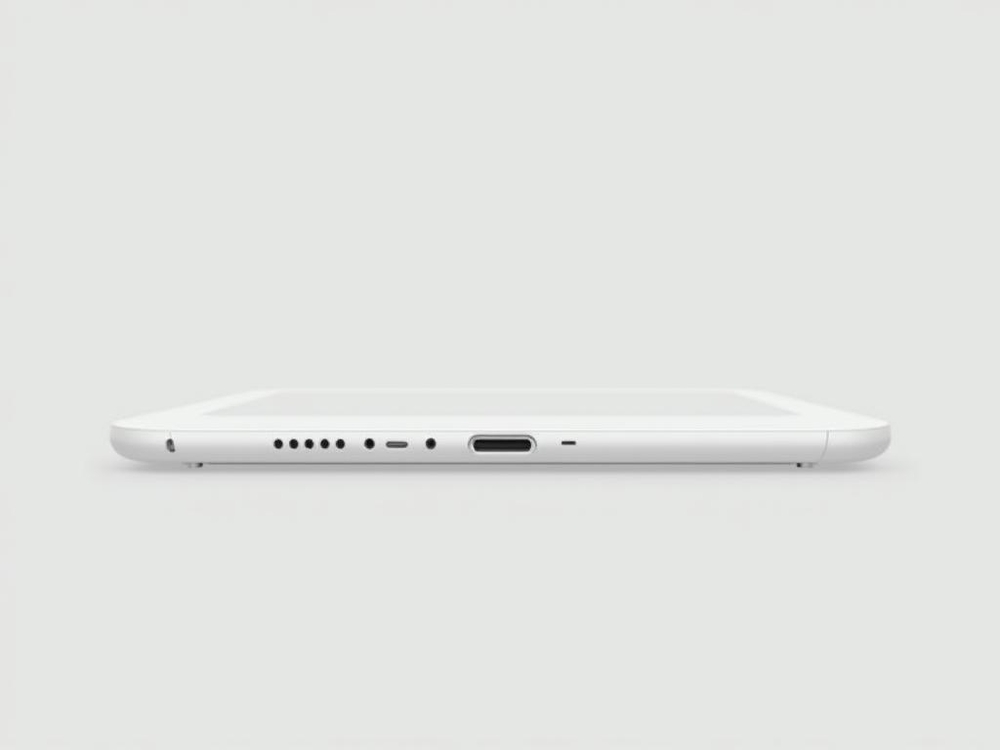Published
- 3 min read
iPhone 17 Air: Port-Free Design & User Impact

Report: Apple considered removing USB-C port from iPhone 17 Air, more
Innovation is always a tricky business. Companies, especially tech giants like Apple, have to balance pushing the envelope while meeting what users want. The iPhone 17 Air showcases this. The design decisions made for this phone get everyone talking.
The iPhone 17 Air borrows several premium features from the iPhone 16 Pro lineup. Notably, it includes Camera Control and ProMotion technology. There’s also chatter about making ProMotion a standard across the entire iPhone 17 family. Despite its thin profile, expect this feature in the Air model.
One of the most exciting possibilities Apple considered was making the iPhone 17 Air its first “port-free” iPhone. It would depend entirely on wireless charging. Ultimately, the company decided to keep traditional ports. Regulatory standards in places like Europe require USB-C charging ports. These rules may have influenced Apple’s decision.
The new Air model will be exceptionally thin, around 5.5mm thick. That’s about the same as the famous iPod nano. The price point is expected to hover around $900, similar to what the iPhone 16 Plus was. The phone offers a 6.6-inch display but drops LiDAR capabilities and has only one rear camera. These cuts keep the design slim.
Apple is committed to not compromising on battery life. Skinnier phones usually mean thinner batteries and shorter battery life. Apple had its engineers rethink the display, silicon, and software to boost efficiency.
The iPhone 17 Air will feature Apple’s first in-house 5G modem, the C1 chip. It debuted in the iPhone 16e and now finds its place in the Air. It won’t support mmWave technology, but Apple markets the iPhone 16e as providing “Superfast 5G cellular.”
Why is the iPhone 17 Air port-free?
For tech fans, a port-free design might seem like a logical step. It simplifies aesthetics and reinforces waterproofing. Wireless charging is more convenient for some, especially with Apple’s ecosystem where everything can unify under one charging system. Yet, Apple paused this shift. The European Union mandates USB-C ports to improve consumer convenience and reduce e-waste. These global regulations may have played a role in Apple’s decision to keep physical charging ports.
How does the iPhone 17 Air compare to Samsung?
Samsung goes after this kind of sleek design too. Samsung’s latest phones like the Galaxy series aim for innovation and efficiency. However, they still use physical ports. They include multiple cameras and some offer superior zoom. Samsung and Google have their takes on smartphone trends. By keeping a robust charging system, Samsung offers flexibility in how users charge their devices.
In summary, the iPhone 17 Air combines stylish design and new technology. It creates excitement but comes with trade-offs. For the consumer, considering what they value in a device can help make an informed choice. With Apple’s upcoming innovations, keep an eye on how the market shifts next. Future decisions from Apple may hinge on changing technology and regulatory landscapes.